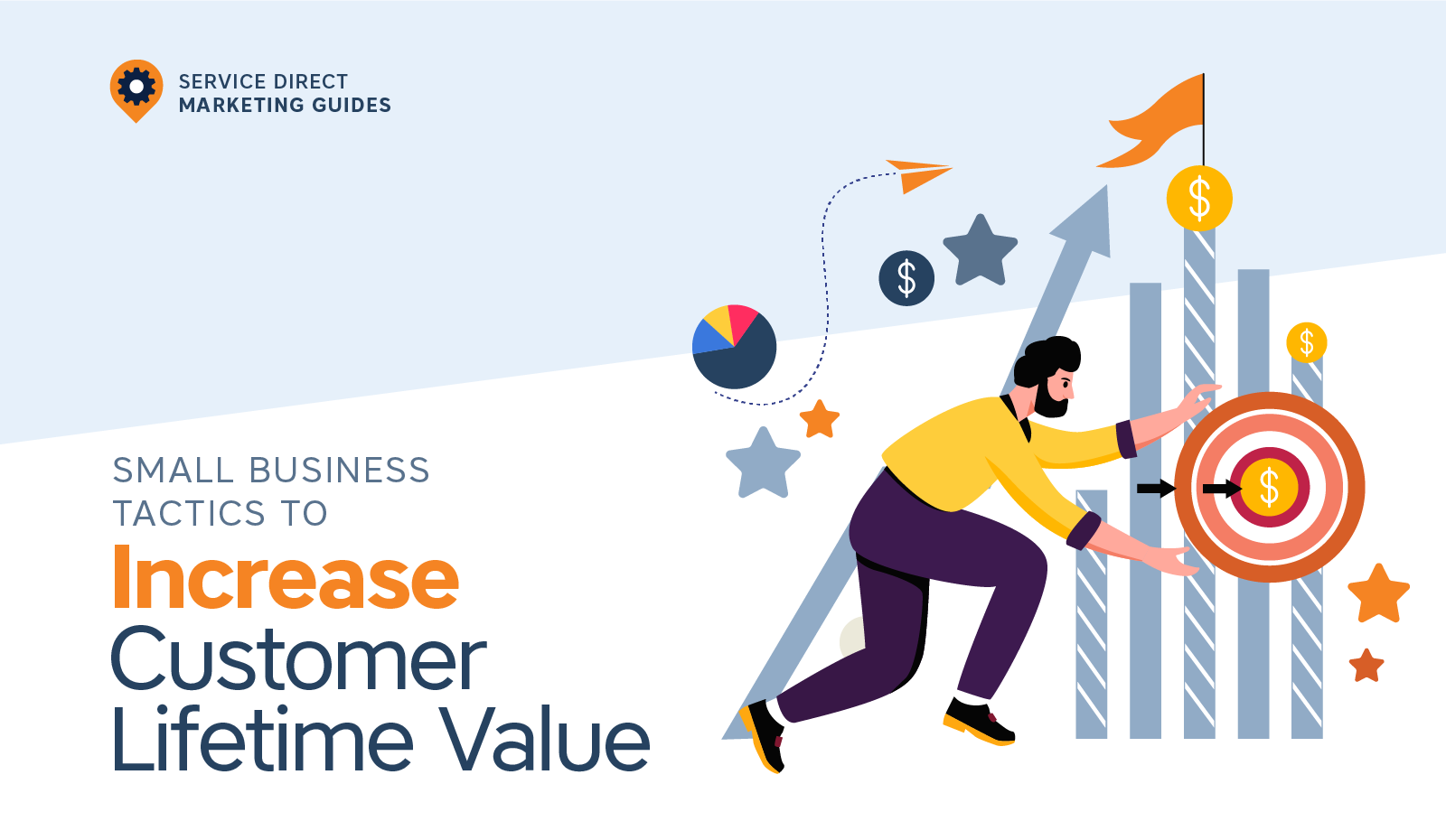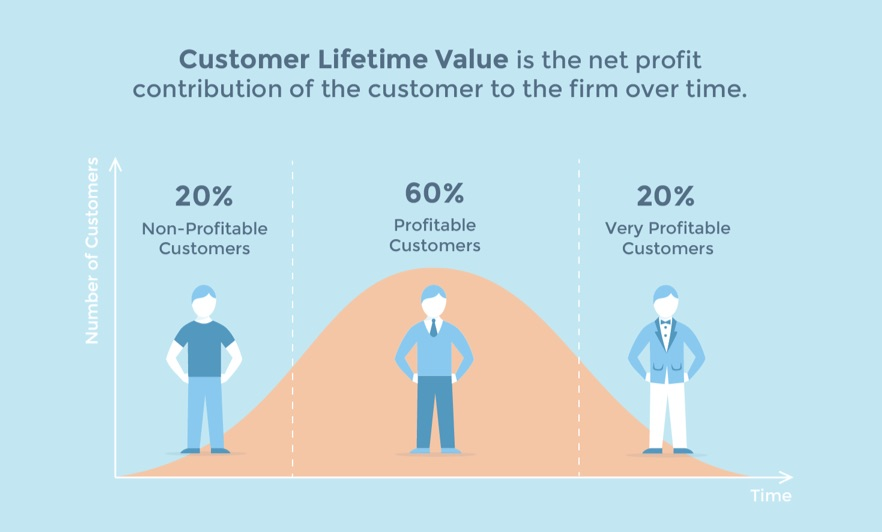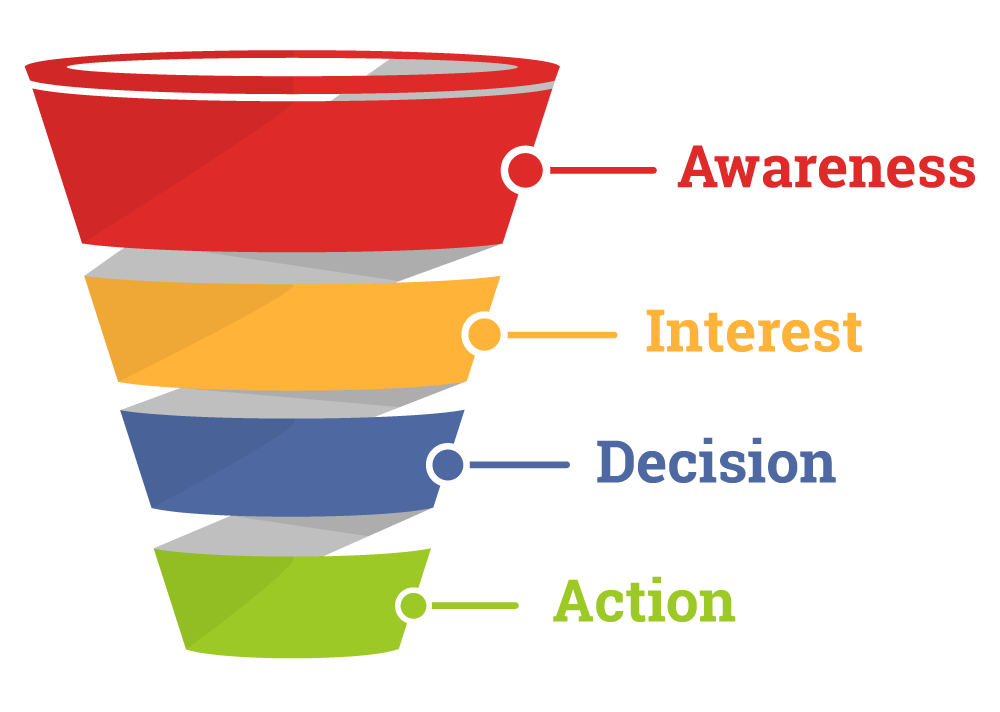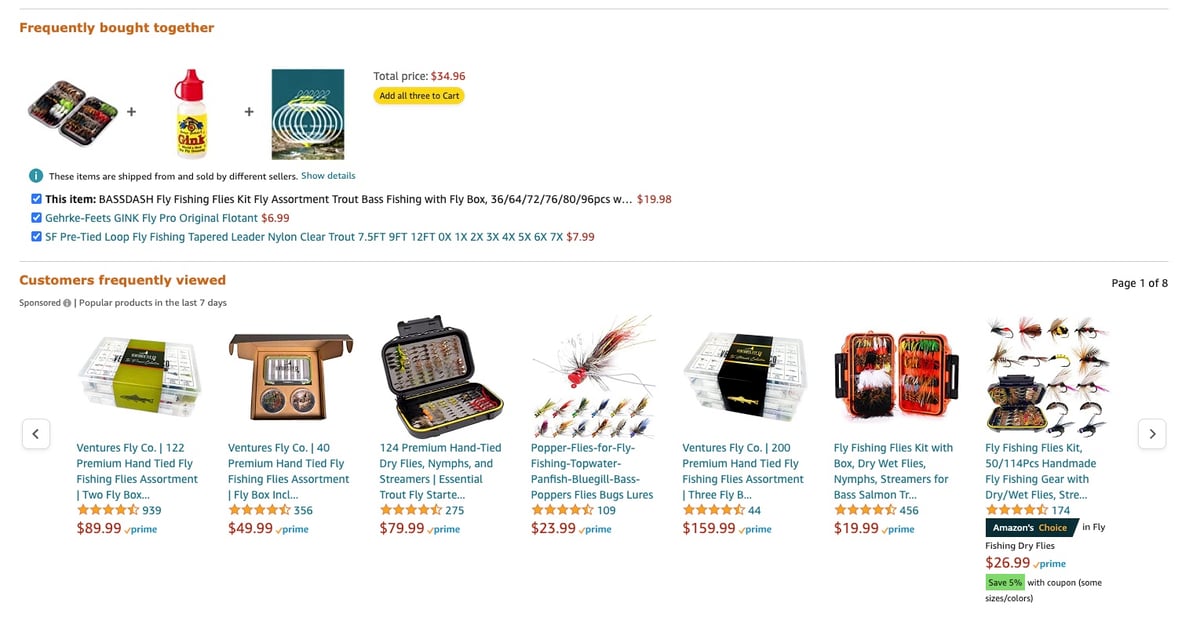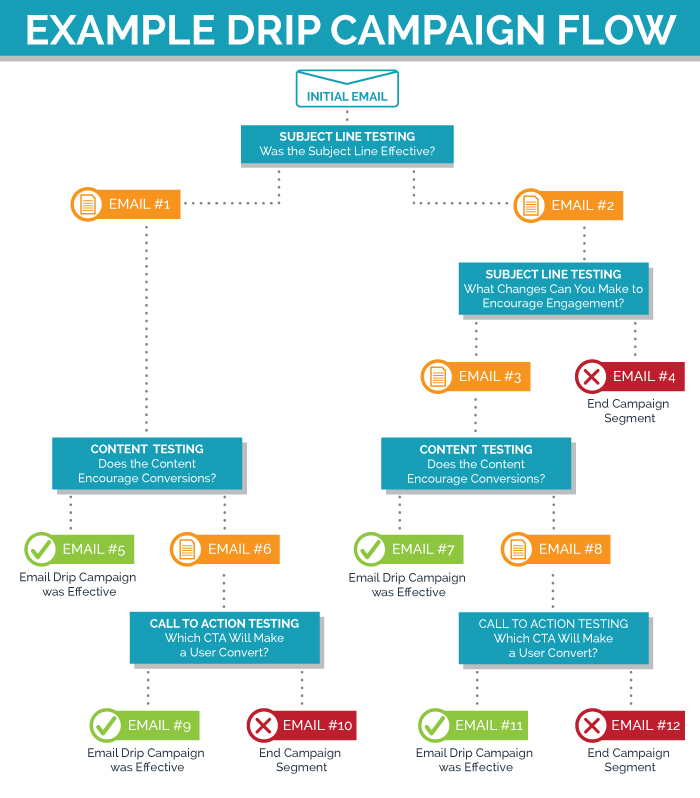10 Tactics for Small Businesses to Increase the Lifetime Value of a Customer
Updated on September 8, 2023
Acquiring more customers is great, but knowing and maintaining the value of your existing customers is even better. One of the critical metrics for measuring your business's success is your customer's lifetime value (LTV).
As a small business, you should have a lifetime value much higher than the cost of acquiring a new customer. If not, you'll lose money in the long run. Increasing the lifetime value is how you ensure the long-term profitability of your business.
This article discusses ten tactics you can deploy to boost LTV, but first.
What is lifetime value and why does it matter?
The lifetime value of a customer is a measure of the amount of profit you can expect to get from the customer throughout the entire time they do business with you. LTV is what helps you estimate the worth of a customer. You can tell who's in business with you for the long haul and who isn’t.
All customers are not equal in value, so knowing the LTV of a customer tells you which customers to focus on and where to scale your marketing efforts.
Understanding the lifetime value of a customer matters for many reasons:
- Identifies your best customers
- Helps you make decisions on how much to invest in acquiring new customers and retaining the existing ones
- Makes you understand and gauge current customer loyalty
- Guides you on how much you are willing to invest in maintaining that relationship
- Shapes your business strategy to keep loyal customers rather than investing resources to acquire new ones
- Tells you which promotion to offer and which customer or customer segment to get the most profit
10 tips to effectively increase LTV
Now that you know why lifetime value matters, let's focus on what you can do to increase it.
Here are ten proven ways to improve your LTV:
1. Predict Customer Churn and Reduce It
When customers don't return after their first visit, it's known as customer churn. For many reasons, customers don't come back after their first time doing business with you, but poor customer service tops them all.
When zeroing in on a small business to patronize, customers are very particular about the quality of service and the overall customer experience.
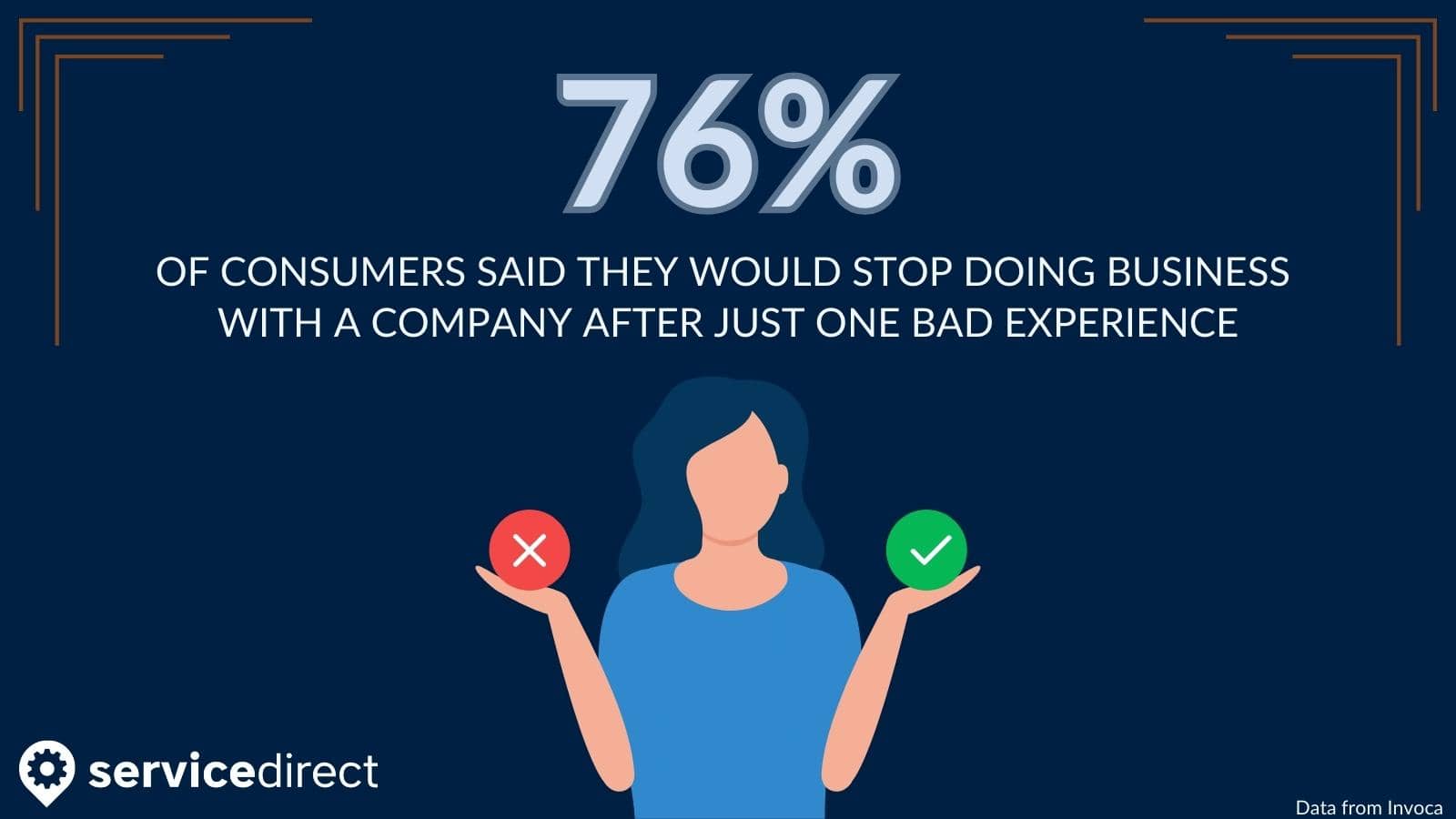
Clearly, if you want to increase the lifetime value of your customers, you need to get customer service right.
Failure to understand how your product or service offers little to no value is another reason for high churn in your business.
So how do you reduce it? Here are a few tips:
- Treat new customers like VIPs by offering freebies, discounts, and "best in class" customer service that makes them happy.
- Entice them with limited-time offer deals to make them come back soon.
- Let them know what to expect before they purchase your product or service.
- Showcase your product's value as a way to reduce customer pain points or meet customers’ specific needs.
2. Improve Sales Velocity
Another tactic to increase the LTV in your business is to boost your sales velocity—meaning, how often customers place orders for your product or purchase from your business.
Here are three proven strategies to improve your sales velocity:
- Increase sales per order: Provide reps sales training to motivate customers to spend more on every transaction.
- Increase sales over time: Focus on the number of transactions your business closes over time, not on the individual customer. You can do this by increasing the price for new customers or adjusting the price of the products and services you want to upsell or cross-sell to your existing customers.
- Reduce overall costs to serve customers better: This includes all business costs from answering customer service calls to packaging products for shipping. The lower the costs to serve your customers, the greater the value of each customer.
3. Optimize Your Sales Funnel
A sales funnel maps your customer journey and helps you understand how customers purchase your products.
Without a properly optimized funnel, you're just doing a guessing game about what your customers want. And if you make a wrong guess, you lose that customer's sales and lifetime value.
As your small business grows, your funnel might need some tweaks and adjustments. Pay attention to sales funnel stages and optimize accordingly.
Here are a few tips to help you optimize your sales funnel:
- Create awareness by giving out freebies like discounts, blogging regularly to convert blog traffic, and posting consistently on social media.
- Capture interest by using the principle of liking and scarcity. People naturally buy from you if they like you and believe you have a limited-time offer on a product or service.
- Guide prospects in the decision stage by building authority using case studies, webinars, and tutorials.
- Help users take action by giving them social proof—testimonials, reviews, and recommendations.
- Invest in content marketing for your small business.
4. Use CRM Tools
The amount of data to track in the customer context of your small business can be overwhelming. It becomes easy to lose sight of your goals while stressing over boosting sales or maximizing your business budget.
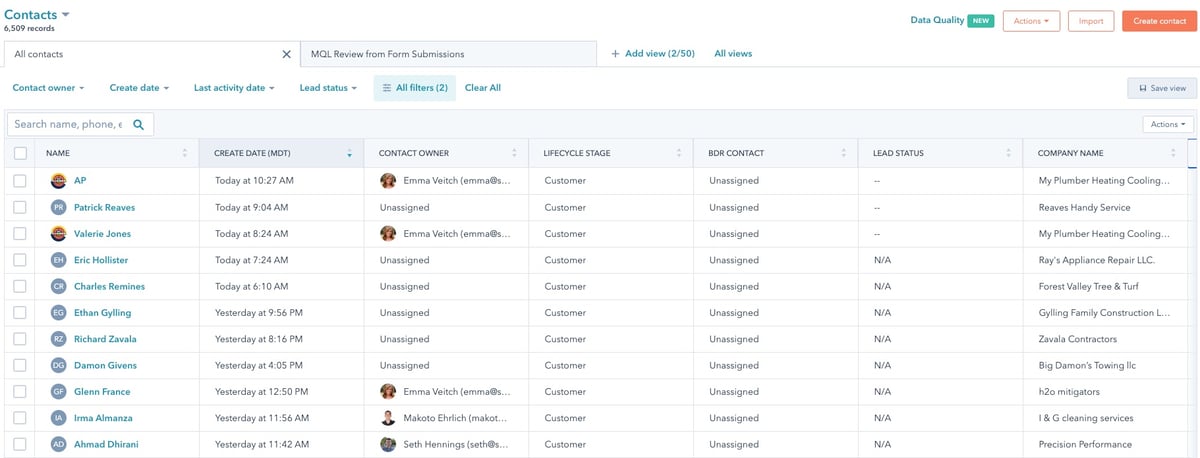
Small business customer relationship management (CRM) systems help you stay organized and make sense of your customers' many details. They harness the potential of information metrics like customer lifetime value, extracting valuable data to help you stay profitable.
Some examples of CRM tools you can use are Zoho CRM, Gainsight, and ChurnZero.
5. Build Customer Relationships
One of the ways to ensure that customers don't forget you after their first purchase is by building relationships with them. How do you do this? With constant communication and by listening closely to their needs and pain points.
Other ways you can improve your relationship with your customers include:
- Constantly improving your products and services
- Connecting with social media
- Having conversational SMS marketing
- Giving out rewards to show appreciation
- Asking for feedback and suggestions, so they know you value their opinions
- Using behavioral data to learn about their expectations
6. Cross-sell and upsell
If you want to increase the lifetime value of your customers, look for ways to get your existing customers to purchase more products or services from you. This can be done by:
- Upselling: offering a higher version of the same product or service, e.g., upgrading from a basic subscription plan to a higher one. Learn more about the subscription business model to better understand how to maximize your customer's lifetime value.
- Cross-selling: Selling complementary products and services, e.g., adding web hosting services to a customer who wants to buy a website domain.
Use the following upselling and cross-selling tips to boost the amount of money a customer spends on your small business:
- Offer temporary upgrades for service-based business
- Add complementary products at checkout
- Group products or services in a bundle and sell at a lower price
- Offer free shipping with a minimum order condition
Amazon does an excellent job at cross-selling and upselling. It shows customers "Customer Who Bought This Item Also Bought" (cross-selling) and "Sponsored Products Related To This Item" (upselling).
7. Offer Customer Loyalty Programs
It's a no-brainer that when you recognize your loyal customers and give them treats, they will keep coming back to you. Loyalty programs ensure customer retention, resulting in a higher customer lifetime value.
Some examples of loyalty programs are loyalty cards with discounts or rewards, loyalty apps, or point schemes for earning on purchases.
Here's a loyalty card from a local nursery as an example:
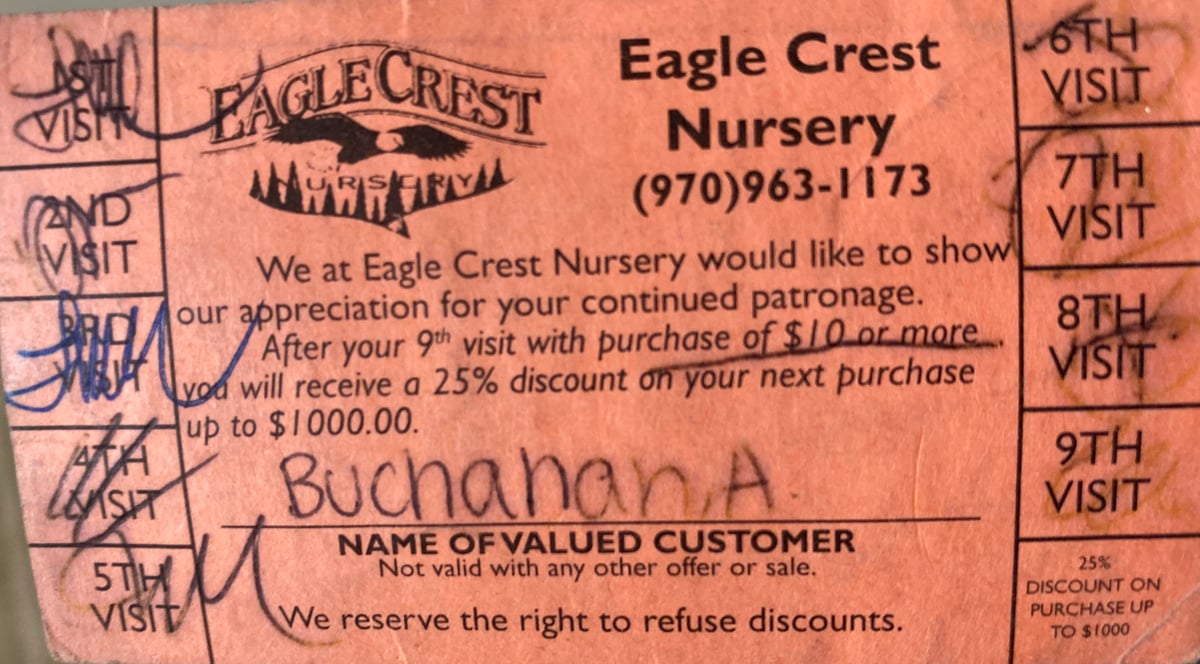
Other ways to reward your loyal customers include:
- Giving them a surprise treat
- Giving them early access to VIP or promo deals
- Celebrating special personal moments with them like birthdays and holidays
- Creating a guaranteed availability for limited or exclusive products
Even if you don't create a formal loyalty program, simply emailing past customers with a promotional offer can have a huge impact on your ability to increase LTV.

In a recent survey we performed, 80% of customers said they were likely to take advantage of a promotional offer provided by a small business they patronized.
8. Offer a Personalized Experience
Personalization can boost your customer lifetime value in the long run by:
- Making the onboarding experience feel familiar and welcoming to new customers
- Giving you a better understanding of what your customers want and how they think so you can cross-sell and up-sell
- Delivering more meaningful support that makes the customer feel they have an actual relationship with your business
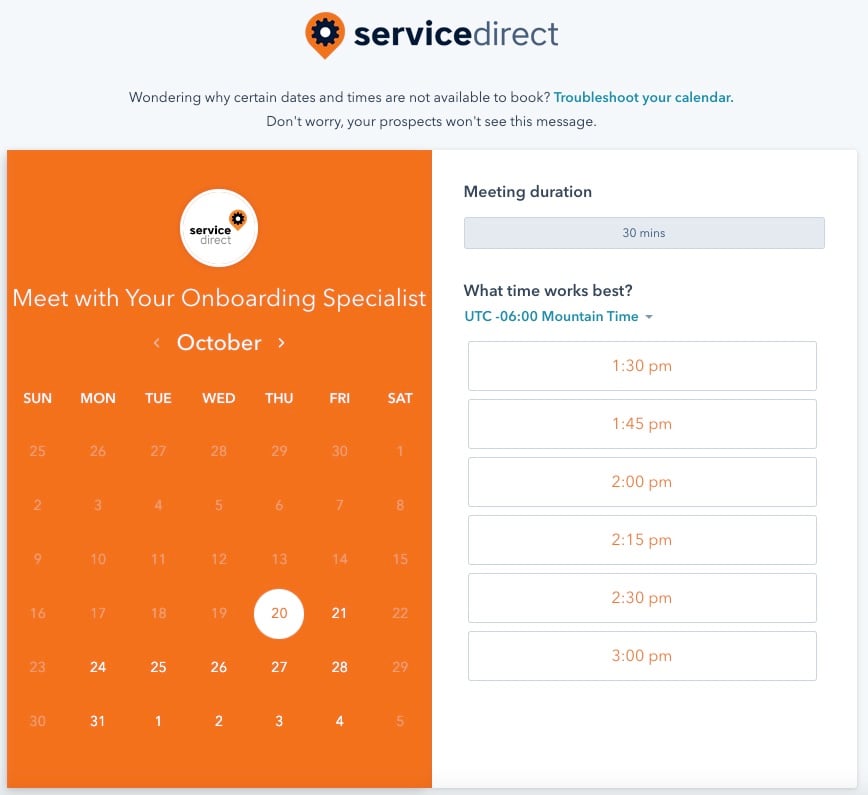
Personalization also helps you better understand your customer's online behavior, enabling you to send the right message to them at the right time.
9. Keep Customers Engaged Through Email Marketing
Email marketing is an effective form of customer retention. Sending regular emails does 2 things for your business:
-
It reminds your customers of what you have to offer.
-
It allows you to highlight special sales and offers, which reignites the interests of customers who forgot about you previously.
In another recent survey we performed, 27% of small businesses that reported doing email marketing said that improving customer retention and loyalty was the primary objective of their email marketing efforts, ranking at as the second most important objective just behind generating new customers.
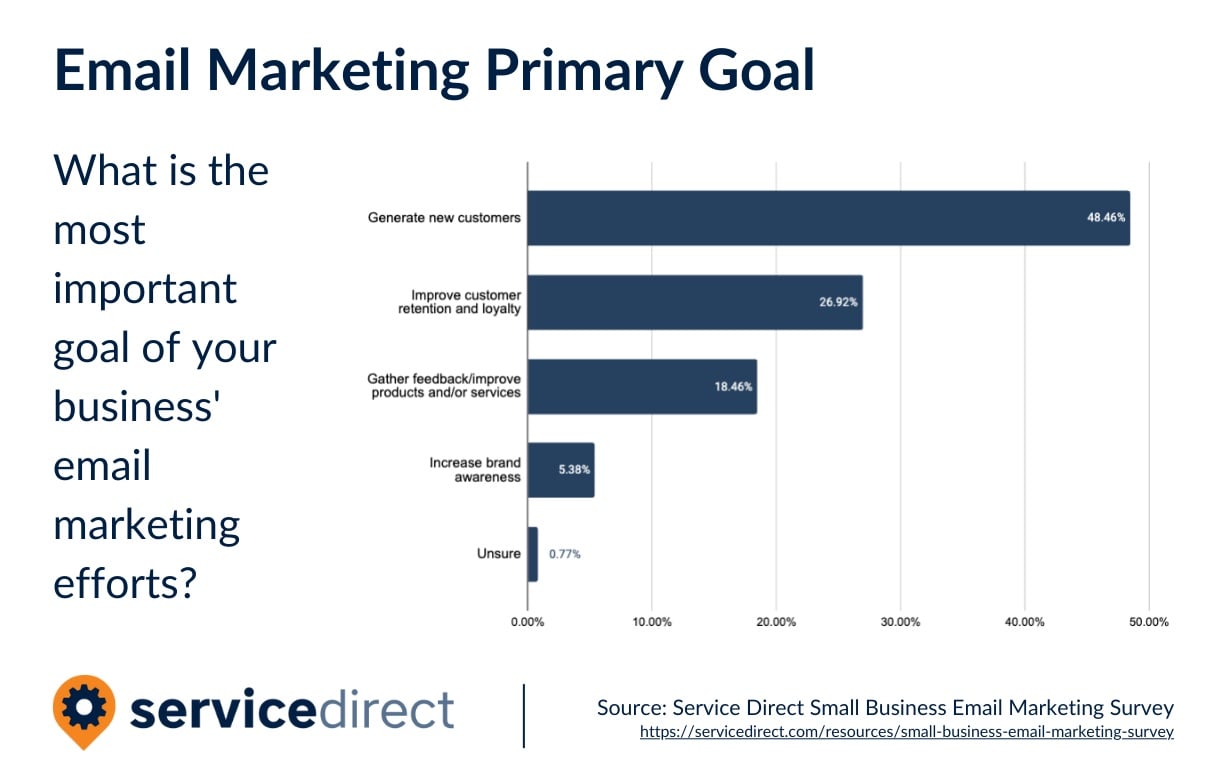
A drip email campaign, for instance, emphasizes return visits for new products, advertises promos and deals, develops brand awareness, offers special discounts for repeat customers, and much more. But it's equally important that you engage with real customers and not the non-existent(invalid) ones. Email data decays with time and it's important to clean up your email list using any of the email validation tools to ensure you reach out to valid contacts only.
10. Partner With Your Top Customers
Bringing customers into your business gives authenticity to your brand. Branding is the key to your success, so having your top-spending customers involved in your business increases your brand authenticity and the lifetime value of that customer.
You can do this by featuring some of your top customers in your newsletters and social media channels or using their photos and quotes in your digital adverts. Implementing an affiliate marketing program is another excellent way to reward existing customers and acquire new ones while boosting your customer lifetime value and maintaining brand authenticity.
In conclusion
For many small businesses struggling to grow, their focus immediately turns to demand generation activities. How can they drive more new customers to keep the business afloat? But the reality is that many do so without focusing on one of the greatest assets of their company: previous customers.
We hope this article has given you some ideas on ways you can focus on driving more value from customers. Doing so will allow your small business to scale more efficiently and cost-effectively!

